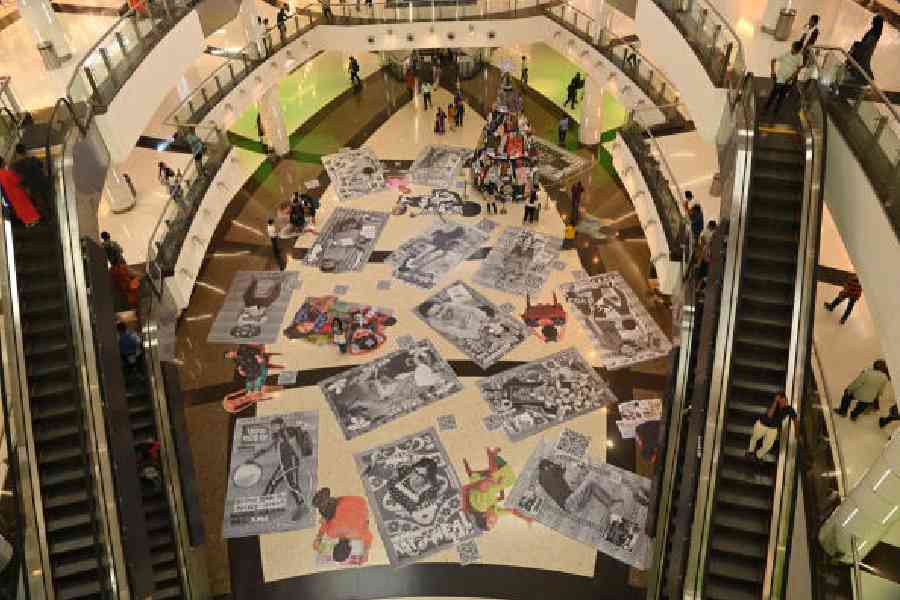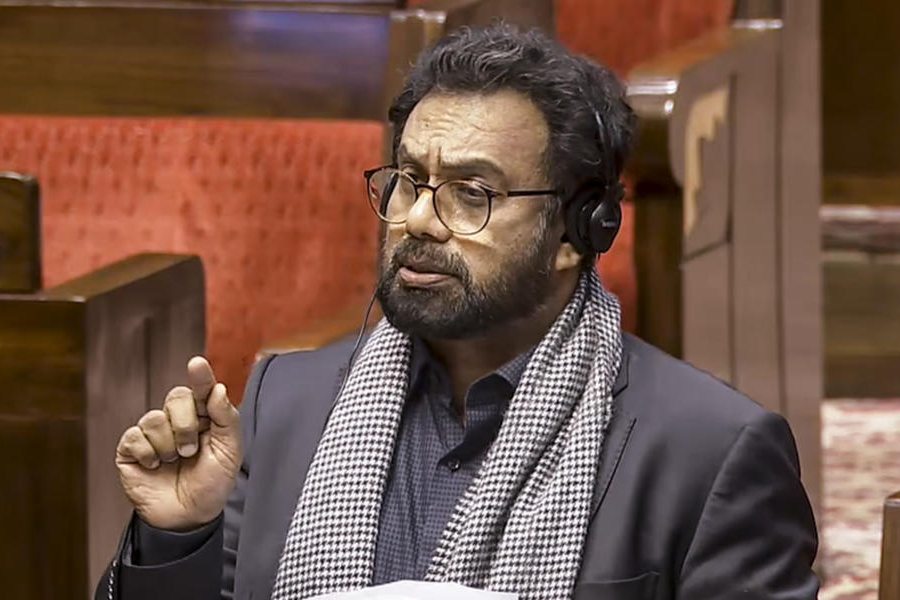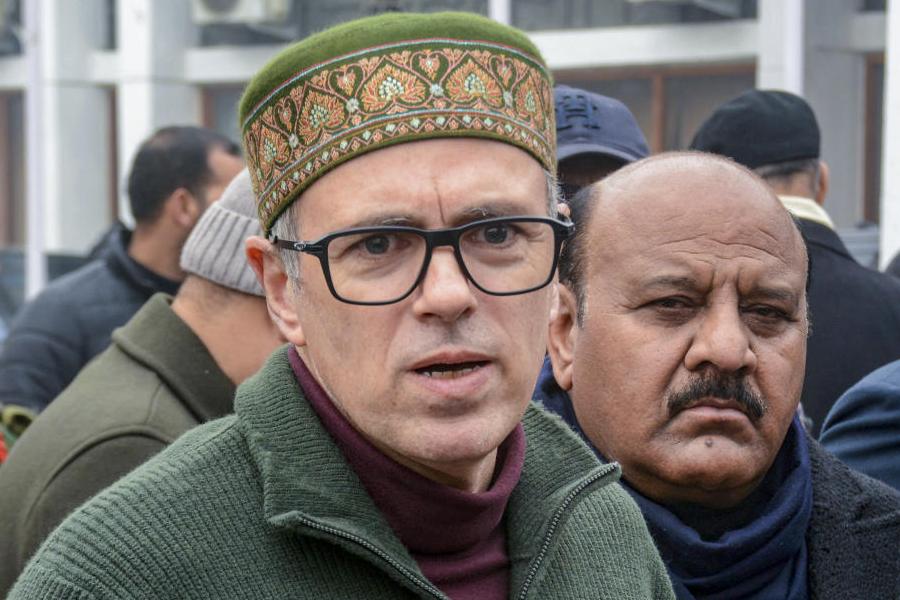“I will prove to everyone I’m not mad.”
“In the past 25 years, I have heard many promises to take me back home.”
“I wish to return home, too, but where is my home?”
“Once upon a time, I chose my clothes; now the hospital chooses mine.”
Stories of desolation, rejection and, sometimes, of hope narrated in their language and words by those labelled “mad”.
Mad Stories is a collection of narratives that emerged from conversations with residents of mental health institutions.
“People with mental health conditions are more than their ailments. They may have an illness but they have many other selves with which we don’t engage. We just marginalise and invisibilise them,” said Ratnaboli Ray, founder, Anjali, a mental health rights organisation that works to empower people with mental health conditions.
Their stories have found space outside their minds, through an installation in a mall and on social media.
The art installation ‘My Name is Mad’, curated by Anjali, was held at South City Mall last week.
Sumantra Mukherjee is the visual artist behind it.
The idea is to bring the word “mad” back into popular discourse, said Ray.
“There is everything beautiful about mad people telling their stories because the reality of their lives is no less true than anyone else’s reality,” Ray said.
“We want them to tell their stories and not hijack their narration. Activists, psychiatrists or social workers have a propensity to hijack their stories. Psychiatry may look at them as a group of symptoms, and they become cases, whereas they are much more than that.”
A public space like a mall creates an audience that might want to listen to and engage with them.
Art installations and exhibitions are usually at museums, art galleries and niche spaces. “We wanted public engagement, where people would come and go, and see and engage. People who have no link with art or mental health discussions come to a mall. We want such people to encounter these stories,” said mental health activist Piya Chakraborty.
This could be a step towards destigmatisation. “The more you come in contact with people who are unlike you or with whom taboos are associated, the more you shed your preconceived notions,” Chakraborty said.
As they speak, the sentences are broken and thoughts sometimes incoherent, but the narration is replete with a poignancy that touches one’s core.
One of the stories is of Sagarika.
She talks about police bringing her to a mental hospital from a mall.
“When it gets unbearable, I take one day at a time. I want to work. I have done my MBA, I used to teach yoga and meditation... Someday, I will teach again,” it reads.
In another, Sujata Chakraborty talks about her days at home when her parents were alive.
“When my parents were alive, I lived with them at home. When they died,
I came here (hospital). There were trees in my house, and I used to sit underneath them and play or just sit.”
The stories were recorded through multiple conversations over two years.
“There were several conversations, and it was like asking them what they would like to share or speak about on a given day,” said Kathakali Biswas, head of programmes, Anjali.










